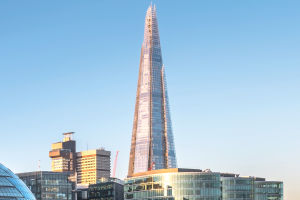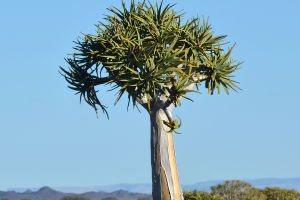Aurora Borealis, popularly called the Northern Lights, is one of the many wonders in nature that has left the human race aghast for centuries.
This astro appearance of dancing lights, an effect of charged particles from the sun colliding with the Earth's atmosphere, at times fills the sky.
While the aurora can be viewed from various locations, there are regions with conditions deemed best for viewing this spectacular light show.
Understanding the Aurora Borealis
Included in the full and complete appreciation one can get from the aurora is the study of the underlying science behind it.
The sun is constantly emitting a stream of charged particles known as the solar wind, which interacts with the magnetic field of the Earth to form a region of space called the magnetosphere. These charged particles, trapped in the magnetosphere, can be accelerated toward the poles of Earth, where they collide with the atoms and molecules of atmospheric gases, causing them to emit light.
The color of an auroral display depends on the type of atmospheric gas involved in the collision. For example, emissions from oxygen atoms lead to green and red hues, while nitrogen molecules emit light in blue and purple colors.
Best Places for Aurora Sightseeing
While the aurora can be viewed from high-latitude regions, some places have optimal conditions for viewing. These areas are normally referred to as the "Aurora Oval," a ring-shaped area around the Earth's poles. Some of the most popular destinations for aurora hunting include:
Iceland
Comparatively easy to get to and with a high occurrence of auroral activity, Iceland is the first port of call for many aurora enthusiasts. It has varying accommodations available, along with many activities, so it works well for solo travelers or families.
Norway
Norway has beautiful landscapes and a high possibility of seeing the auroras, above all in the north: Tromsø, the Lofoten Islands. Tourism infrastructure in the country means it is relatively easy to plan a trip with sights of the Northern Lights.
Canada
Canada's vast territory and location in the north are its favorite sites for viewing the aurora. Yukon, Northwest Territories, and northern British Columbia are preferred spots. These sites offer a remote, intact wilderness suitable to retreat from the commotion of city life.
Alaska
With its remote wilderness and long winter nights, Alaska is also an excellent destination for aurora hunting. Fairbanks is the town of choice for travelers since there are a lot of accommodations available.
Finland
Lapland in Finland is famous for its pretty winter landscape surroundings and for providing an ample number of aurora views. Finland has a load of winter activities such as snowmobiling, ice fishing, and reindeer safaris that turn it into an unforgettable winter destination for visitors.
Aurora Hunting
In order to maximize your chances of seeing the aurora, keep the following in your mind:
Plan Your Trip: The timing of travel will also depend on the best time of the year to go to a place. Equinoxes, the middle of March and September, and winter are the peak months when the aurora is more active.
Solar Activity Check: It would be great to check the forecasts on solar activity since this would increase the chances of viewing an aurora. Websites like Space Weather Prediction Center provide current updates.
Get to a dark spot: Try finding a place that is really far from city lights, which reflect light pollution. The darker the sky, the better your chances of viewing the aurora.
Dress warm: Most of the time, you go aurora hunting in cold weather, so wear layered clothes and bring warm outfits with you.
Be patient: Sometimes, the aurora can be quite unpredictable, so you may have to wait. Sometimes, it takes hours for the lights to appear.
Viewing the aurora borealis is an unforgettable experience that people of all ages can enjoy. A little planning of your trip and some understanding of factors influencing auroral activity could increase your chances of witnessing the beauty of nature. So pack your bags, bundle up, and embark on a journey to discover the magic of the Northern Lights.


